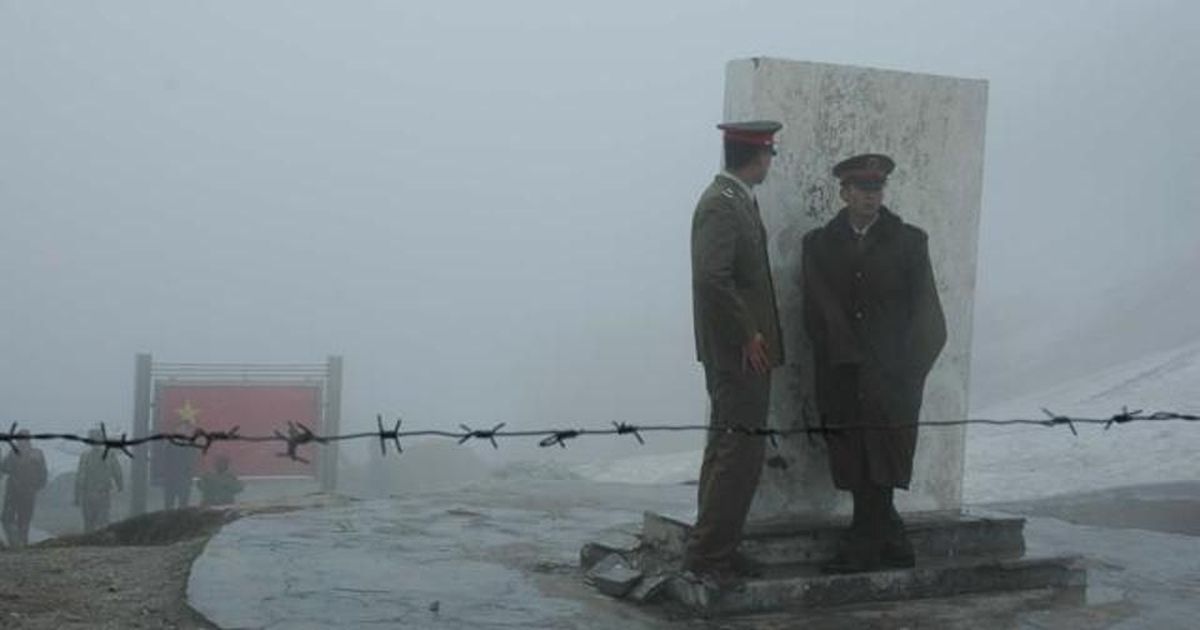India and China have agreed not to turn differences into disputes, the armies of the two countries said in a joint statement on Tuesday, PTI reported. The statement was issued after the seventh round of Corps Commander-level talks between New Delhi and Beijing. India and Chinese troops have been locked in a border standoff in eastern Ladakh since May.
However, the statement did not mention if the senior commanders of the Indian and Chinese military reached a breakthrough on disengagement and restoration of status quo ante. The two armies said the 12-hour-long discussion was “positive and constructive” and that they spoke on ways to disengage in eastern Ladakh. The talks were held in Chushul on the Indian side of the Line of Actual Control on Monday.
“The two sides had a sincere, in-depth and constructive exchange of views on disengagement along the Line of Actual Control in the western sector of India-China border areas,” the joint press statement said. “Both sides agreed to maintain dialogue and communication through military and diplomatic channels, and arrive at a mutually acceptable solution for disengagement as early as possible.
“Both sides agreed to earnestly implement the important understandings reached by the leaders of the two countries, not to turn differences into disputes, and jointly safeguard peace and tranquility in the border areas.”
— Joint statement by Indian and Chinese army
After the sixth round of military talks in September, India and China had said both the countries have resolved to stop sending more troops to the frontline amid the border standoff. Both countries also agreed to take practical measures to properly solve problems on the ground and ensure peace in the border areas, it added.
The border standoff
Military heads of the two countries have engaged in several rounds of talks over the last three months after 20 Indian and unknown number of Chinese soldiers were killed in violent clashes in Galwan Valley. But these talks have failed to break the impasse.
Defence Minister Rajnath Singh had told the Rajya Sabha that China continues to illegally occupy approximately 38,000 square kilometre of land in Ladakh.
On September 10, India’s Minister of External Affairs S Jaishankar met his Chinese counterpart Wang Yi in Moscow on the sidelines of the Shanghai Cooperation Organisation summit. The two ministers agreed on a five-point plan to defuse tensions between the countries and said the current situation in the border areas of Ladakh was “not in the interest of either side”. They agreed, therefore, that the border troops of both sides should “continue their dialogue, quickly disengage, maintain proper distance and ease tensions”.
On September 7, China accused India of “outrageously firing warning shots” in a new confrontation on the southern bank of Pangong Tso lake, describing it as as “a serious military provocation”. India denied this and said Chinese troops attempted to close in on Indian forward positions along the Line of Actual Control and “fired a few rounds in the air”. This was the first confirmed use of firearms on the Line of Actual Control by troops in more than four decades.
On September 1, the Ministry of External Affairs had said that Chinese troops engaged in “provocative action” on August 31, while discussions between ground commanders were underway. This was followed by earlier moves on the intervening night of August 29 and 30, which, the Indian Army said, were “provocative” military movements to change the status quo.
Buy an annual Scroll Membership to support independent journalism and get special benefits.

Our journalism is for everyone. But you can get special privileges by buying an annual Scroll Membership. Sign up today!
